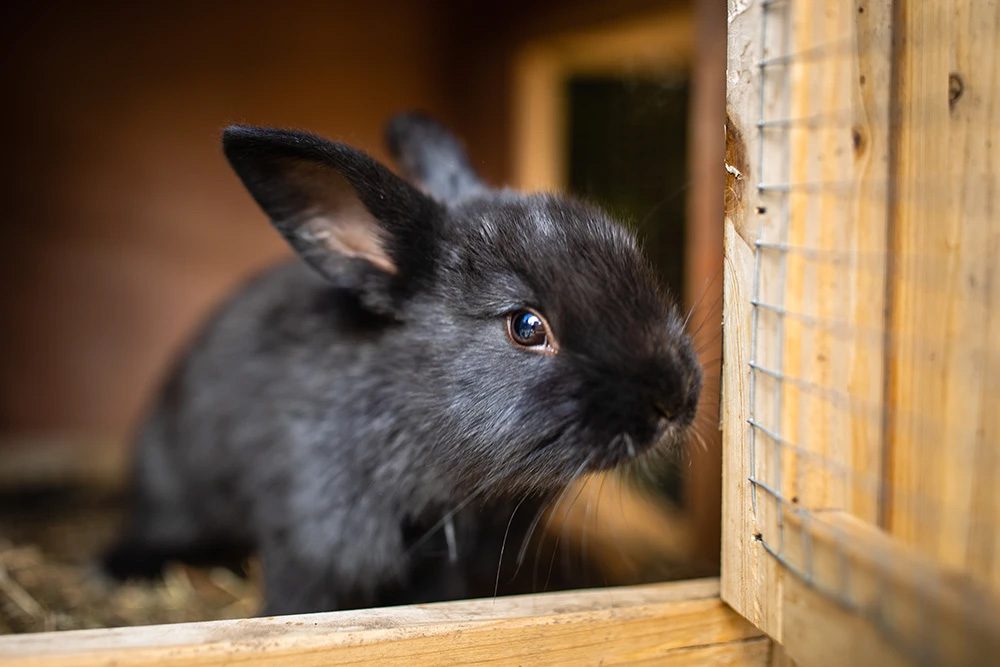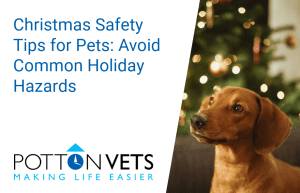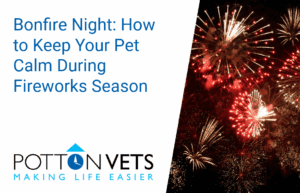Winter can be lots of fun for all the family, but there are a few things to keep in mind to ensure it’s fun for our pets too.
Keeping Cats Warm in Cold Weather
Most cats are good at finding the warmest spot and curling up to sleep in it, but ensure they always have access to somewhere safe and cosy. A cardboard box by a radiator, cat hammocks or even a soft blanket under a bed can be great hiding spots in the house.
If your cat goes outside and temperatures are freezing, think about where they will go if they get too cold. Domesticated cats aren’t very good at dealing with freezing temperatures and can get hypothermia and frostbite, so if you don’t have a cat flap consider keeping them in, giving them some toys to keep them amused and using a litter tray during the cold snap.
Even if you have a cat flap (remember to check it’s still able to open and close when snow is piling up!). Cats that usually toilet outside often don’t appreciate snow or frozen soil, so an available litter tray during these times is often appreciated.
Cats left outside sometimes get into trouble by crawling into a warm car engine. Sometimes they dart into a shed or garage whilst the door is briefly opened and will then be left in the cold with no food or water until they’re found. Microchips make a massive difference to cats finding their homes again, so if you haven’t got one already, call us! If you’re in doubt about their ability to get in whilst you’re out or at work, keep them in. They might be grumpy about it, but at least they’re safe!
Arthritic cats can experience an increase in inflammation when it’s cold. Make sure they have easy access to their favourite comfortable spots to rest. We also have a few ways to offer them relief through medication, so do talk to us about this.
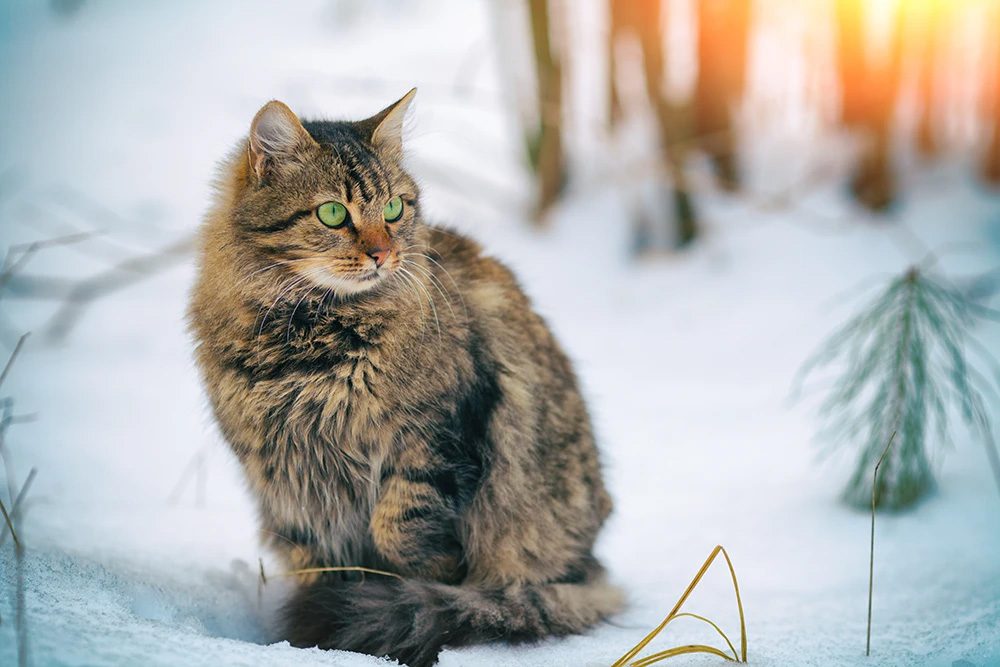
Keeping Dogs Warm in Cold Weather
Floors can be cold places, so make sure there is always a warm bed available that’s placed out of drafts. You can even get heated dog beds if you want to go to town!
Your dog will still need to be exercised even during the iciest of winters but should still be quite happy to go out. We must keep a few things in mind to keep it all fun. Our tips for keeping winter walks safe are:
- If it’s a poor visibility day, put your dog in a high visibility coat or collar (with an ID tag) and make sure you’re as visible as your dog is. On these days, they might also need to spend more time on the lead, so make sure that collars and harnesses are in good working order.
- When everywhere looks different because it’s covered in ice and snow, walk familiar routes, so you know where dangers are, and avoid any frozen areas of water such as ponds and lakes. You can’t tell how thick or thin the ice is. If your dog does fall in, don’t go in after them. They will survive for longer than you in icy water. Call them and encourage them to swim towards you and in an emergency, call 999.
- Some dogs grow thicker coats in the winter, which keeps them warm, but some short-haired breeds and puppies might need extra help from a coat. A coat is a new experience for dogs the first time they wear it! So, they might need some encouragement and training, but once they’re happy, they will be glad of it for years to come.
- As soon as you’re home, wipe down their stomach, legs, and paws to remove any impacted snow as well as any road salt or antifreeze, which could become a potential hazard when they self-groom (see below). If you have a longer-haired dog or they have fluffy feet, the snow, salt and ice-melting chemicals can collect there, cause irritation and potentially be ingested as they groom themselves.
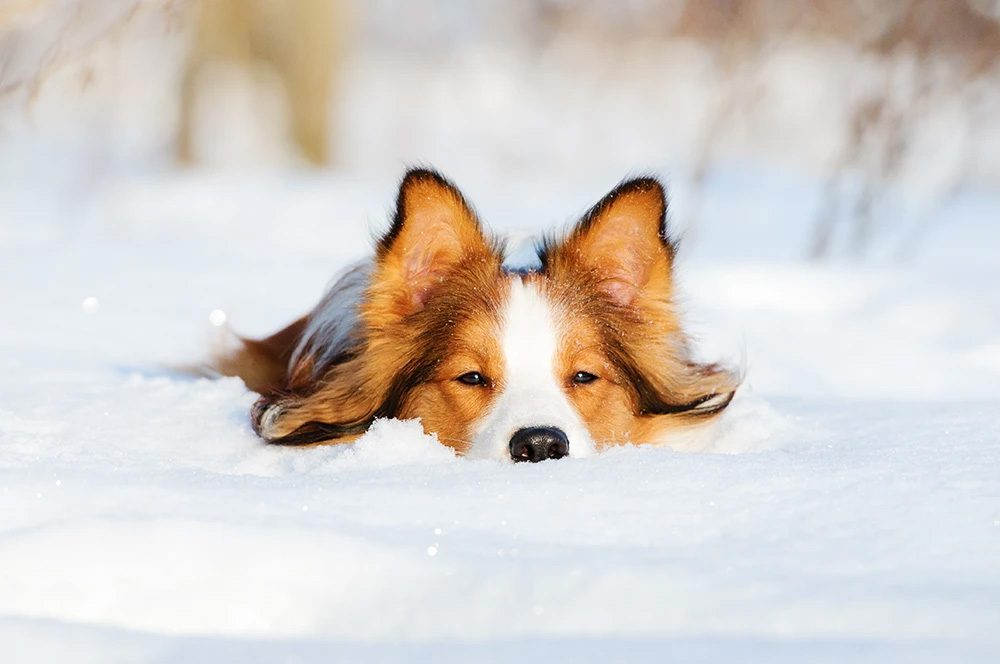
Cats and Dogs – A Few Things to Be Aware of With Both
Road gritting – rock salt danger:
The rock salt used to grit roads and pavements is dangerous to cats and dogs if they consume it whilst they clean themselves, so always wash your dog’s feet off when they come in (and ideally cats too on days when the gritter has been out, but we appreciate this might be easier said than done!)
Rock salt contains sodium chloride (found in regular salt ) and other harmful chemicals such as magnesium. As they walk around pavements, paths, and driveways, it can get caught between their toes and stick to low-hanging fur. Ingesting it can cause dehydration, liver failure and pancreatitis, so it’s vital to be aware of this.
Initial symptoms can include burns to the mouth and throat, and excessive salivating and drinking. If you’re worried, contact us straight away.
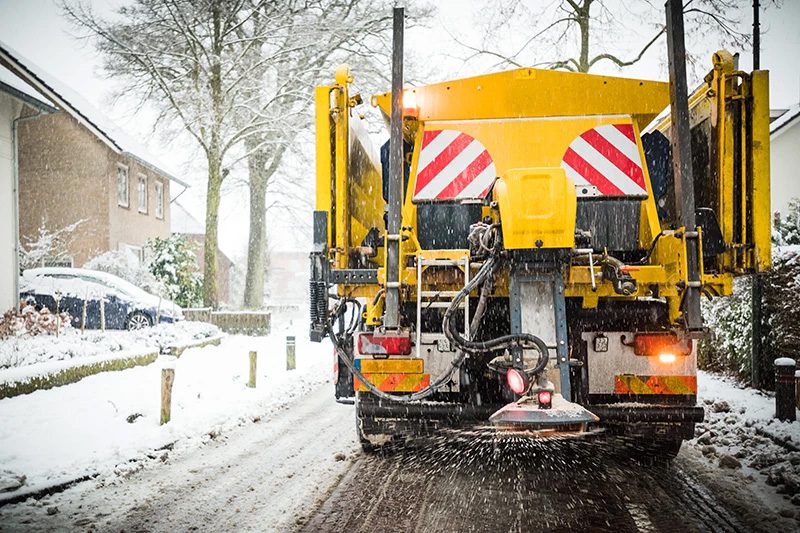
Antifreeze:
Antifreeze is highly toxic if swallowed, and less than a teaspoonful of antifreeze can be fatal, causing kidney failure and death.
To keep cats (including wanderers) and dogs safe:
- Ensure your products are tightly closed and on a shelf in sheds or garages.
- When you’re using the product, be careful if you spill any.
- Pour lots of water over it to dilute it.
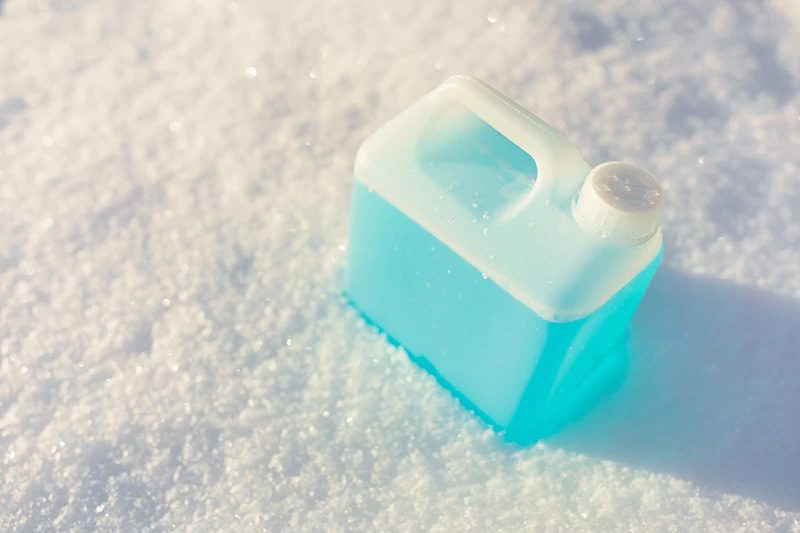
Keeping Guinea Pigs and Rabbits Warm in Winter
Guinea pigs and rabbits living outside need extra care and attention over the winter to survive. Caged environments are very different to how they would live in the wild, so we need to replace the things they don’t have access to. Ideally, they would be moved into a shed or garage – one that isn’t used by cars as fumes are dangerous for them – but if that isn’t possible, there are some things you can do to help protect them.
Before it gets cold, check their housing to ensure it’s waterproof. Their housing should be raised from the ground and be placed in a sheltered area to protect them from the wind and rain.
You can increase insulation by using silver-backed beach blankets, old carpets or rugs under a tarpaulin, and to help protect them from the wind, the wire front of a hutch can have clear Perspex attached to it. Ventilation is important (remember they toilet in the same place as they spend the day and night!) so leave a good gap around the edges and be sure they can still get air when covered.
Once temperatures drop, you will need to:
Add additional bedding, including boxes they can shelter in
- Check them two or three times a day, ensuring their water isn’t frozen, and their house is coping. Water bottles can be put inside thermal socks or gloves, or you could tape bubble wrap around them to prevent freeze
- You can buy snugglesafe pads that are heated in the microwave and can stay warm for up to 10 hours. These are great for providing extra warmth.
Give them some company – this is as important to them in the winter as it is in warmer months! In the wild, they would live in groups and curl up to sleep together in burrows.
